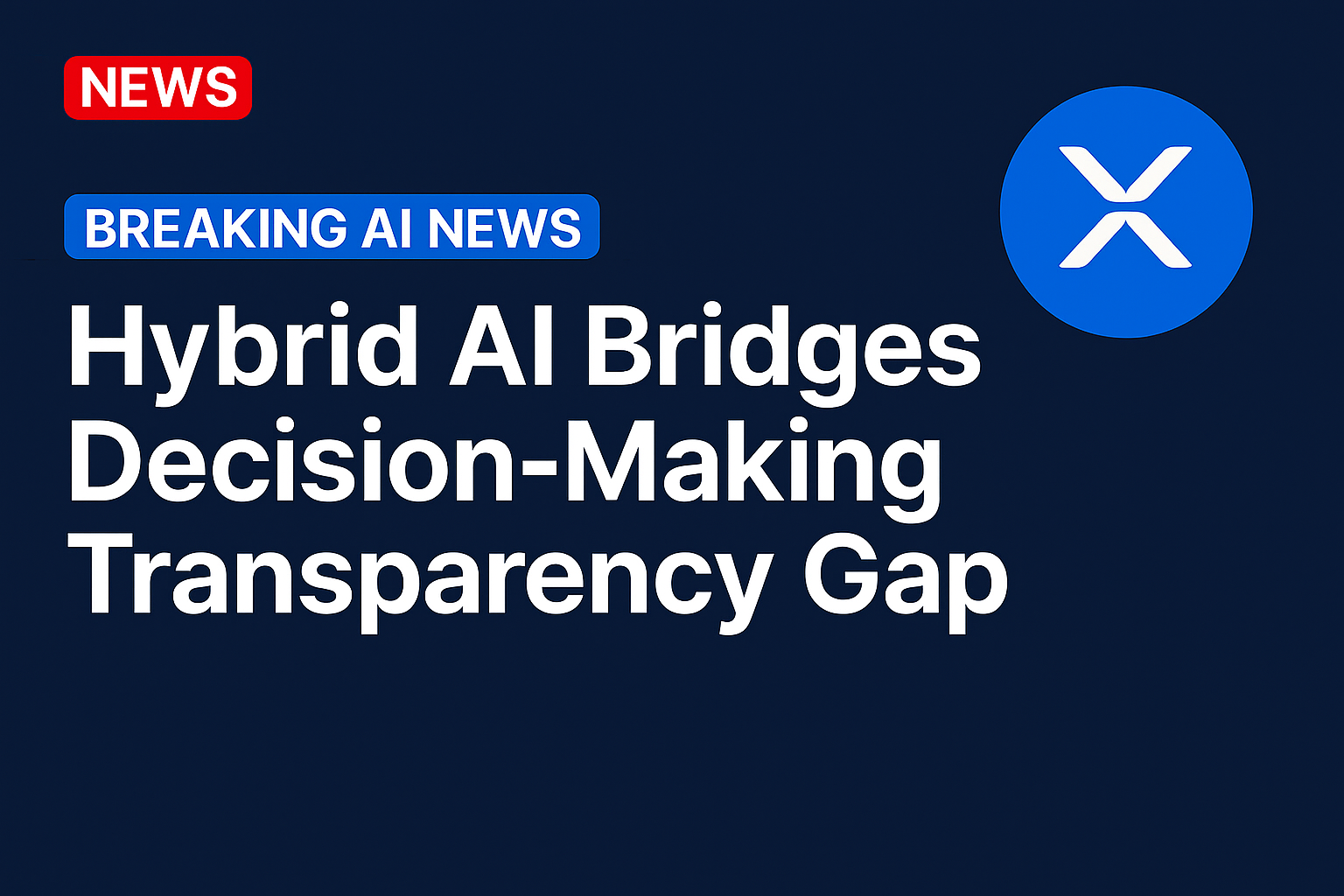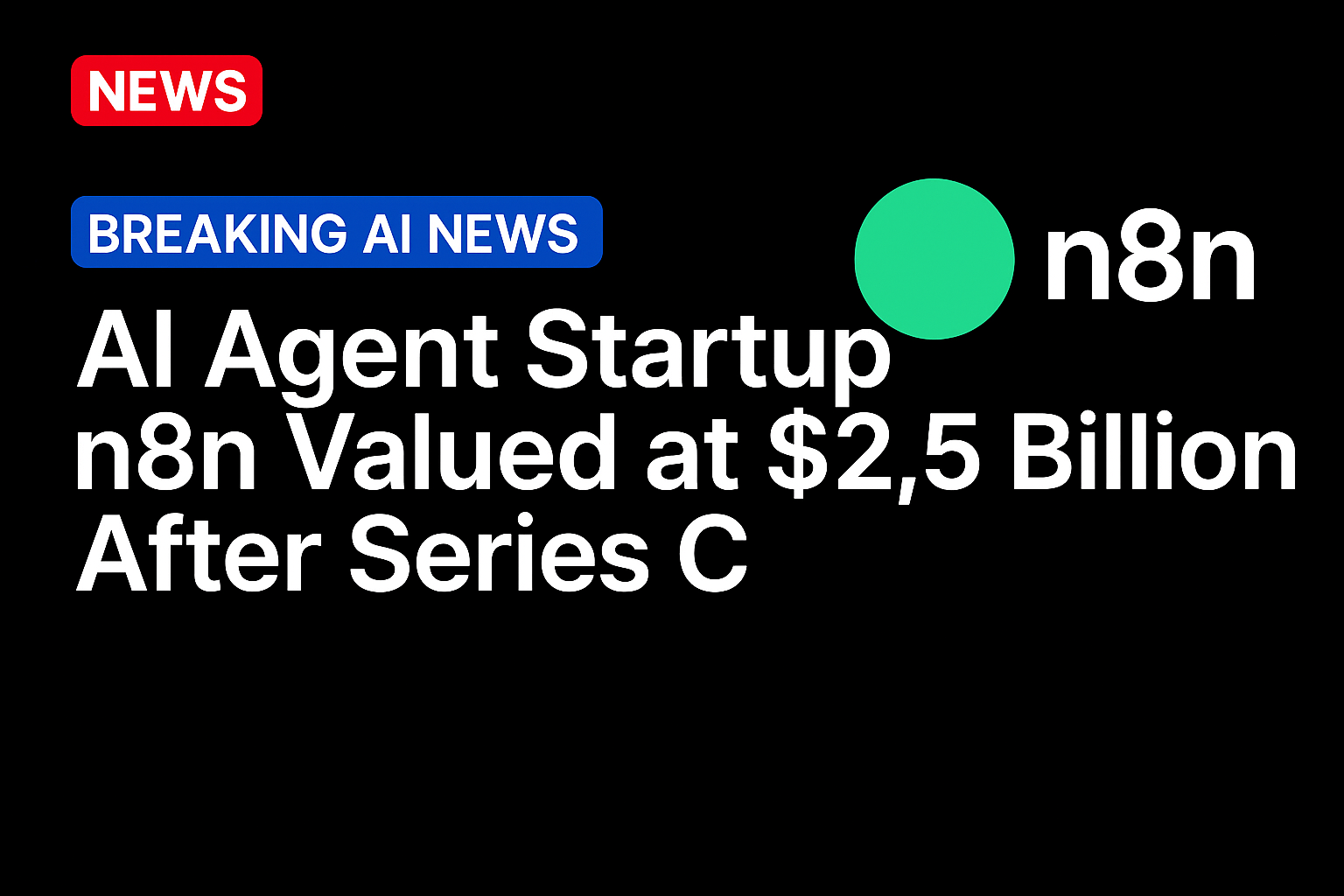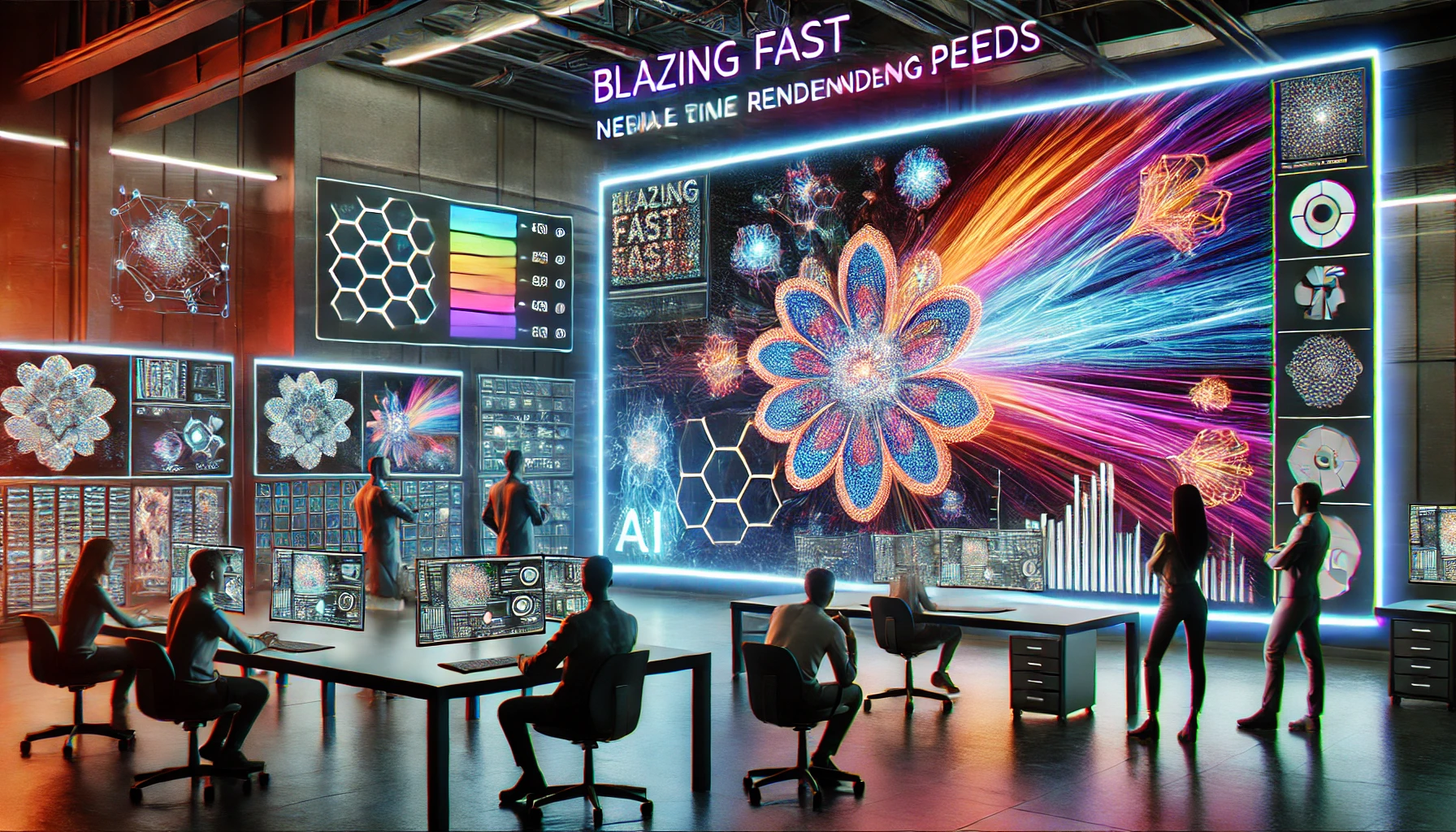
As artificial intelligence (AI) becomes part of everyday business operations, companies rethink how they want these systems to behave. AI models generate quick predictions but often struggle to explain why the model chose a specific outcome. That lack of clarity leads to mistakes, customer friction and regulatory scrutiny. To avoid these problems, companies now turn to hybrid AI, an approach that blends machine learning with clear rules, human judgment and reasoning steps that people can trace.
Why Companies Need AI That Explains Itself
Hybrid AI blends machine learning with rules and human judgment, so organizations can see how an AI system reaches a decision rather than guessing. CIO explained that hybrid AI moves systems into reasoning mode rather than pure prediction mode.
Companies need this clarity because machine-learning systems often land on results that look right mathematically but fail in real-world operations. Seeking Alpha noted that organizations now view these “statistically correct but operationally wrong” moments as serious risks. A support system, for instance, might treat two distinct complaint types as identical because the wording overlaps, even if one is about billing errors and the other about user interface glitches. Hybrid AI prevents that by anchoring decisions to business rules and context, not just numeric similarity.
Many organizations say they still fail to get consistent value from AI because systems act unpredictably when real-world conditions change. A recent analysis by the World Economic Forum showed that weak governance and opaque logic cause expensive missteps and erode trust. Hybrid AI fixes this by building structure into the system so teams can review how each decision happens, correct faulty logic and enforce standards. For example, an HR tool might combine predictive models with explicit rules that ensure fairness, diversity and compliance. A customer-service triage system might merge pattern detection with business priority rules so frontline teams handle the right cases at the right time.
The financial sector offers a clear example of why these matters. Fraud detection and credit decisions require speed, but they also demand transparency and fairness. PYMNTS shows how teams use hybrid AI in fraud workflows by combining machine-learning alerts with human-driven rules and judgment. When AI flags a transaction as unusual, a human analyst reviews context, checks customer history and applies defined rules. This approach reduces false alarms, for example, blocking a loyal customer on holiday while protecting consumers and enabling companies to explain decisions clearly.
Beyond business logic, hybrid AI also helps tackle a growing cybersecurity threat, the blurring of human and machine identities. A recent paper showed that machine identities (APIs, service accounts, AI agents) now far outnumber human users and create a growing attack surface. This “human-machine identity blur” opens gaps in governance because systems often treat humans and machines differently. Hybrid AI supports visibility, rules and human oversight across both human users and machine agents, helping companies defend this new frontier.
How Hybrid AI Prepares Companies for Autonomous Systems
Agentic AI, systems capable of planning, deciding and acting on their own, makes the need for hybrid AI even stronger. PYMNTS shows that organizations cannot deploy autonomous tools safely unless those systems embed rules, oversight and reasoning frameworks from the baseline. Suppose a service-bot issues refunds, moves funds or alters account settings. Hybrid AI ensures each action hits policy, logs decisions and avoids actions outside control. Without such structure, autonomous systems risk out-of-control behavior.
Other industries face similar needs. DataBank highlighted that businesses increasingly want AI systems that support human decisions rather than replace them. A logistics firm, for example, may use hybrid AI to plan delivery routes. The AI analyses weather and traffic, but human supervisors set rules for driver safety, customer priority and delivery windows. Hybrid AI lets teams understand why the system chose a route and adjust it as conditions change.
Source: https://www.pymnts.com/




